Hello I have 2 dataframes:
df1 looks like:
and the df2 looks like:
I have noticied that the df1 has point symbol (.), while df2 has "-". It is weird because both of them, if I open with a text editor or excel, they have "-".
What I need is to drop all the columns of df1 that match with a value of df2. I have used this:
DataGenSample = df1[,!(names(df1) %in% df2)]
#DataGenSample <- df1[ , !(colnames(df1) %in% df2)]
but there is no change.
All the Data can be foun here. Whith the code that I have used.
# Data (df1):
DataGen <- read.table("data_CNA.txt",sep="\t", header=TRUE, check.names = FALSE)
# Samples (df2):
DeleteSample <- read.table("MuestrasEliminar.txt",sep="\t", header=TRUE, check.names = FALSE)
#Delete columns:
#DataGenSample = DataGen[,!(names(DataGen) %in% DeleteSample)]
DataGenSample <- DataGen[ , !(colnames(DataGen) %in% DeleteSample)]

